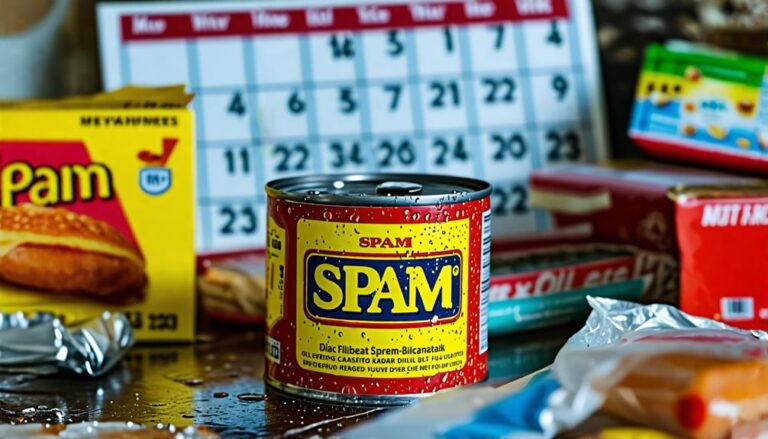Are you looking for new kitchen knives but don’t know where to start? With so many options available, choosing the right set for your needs can be overwhelming. That’s why we’ve put together a comprehensive kitchen knife buying guide to help you navigate the world of kitchen knives.
From blade types to handle materials, we’ll cover everything you need to know to make an informed decision and find the perfect set of knives for your kitchen. So, let’s get started!
What to Consider Before Buying Kitchen Knives
1. Types of Kitchen Knives
According to an article by The Spruce Eats (“A Guide to Kitchen Knives: How to Buy and Maintain the Right Cutlery), understanding the various kitchen knives is crucial before making a purchase decision. Different knives serve different purposes, and having the right ones in your kitchen can greatly enhance your cooking experience and efficiency
2. Blade Material
The material used to make the blade of a knife also affects its performance. Various materials are used, including stainless steel, high-carbon stainless steel, ceramic, and others. Understanding the pros and cons of each material will help you choose the right knife for your needs.
3. Handle Design
The handle of a knife is just as important as its blade. A comfortable and ergonomic handle design can make all the difference when cutting food. Look for a handle that comfortably fits your hand and provides a secure grip. Common materials used for knife handles include wood, plastic, and metal.
4. Knife Maintenance
Like any tool, kitchen knives require regular maintenance to function correctly. Proper maintenance will also help prolong the life of your knives. Knowing how to sharpen and clean your knives properly is essential to keep them in top condition.
Types of Kitchen Knives
1. Chef’s Knife
A chef’s knife is a multi-purpose knife typically essential in any kitchen. It has a broad, sharp blade can handle a wide range of cutting tasks, including chopping, mincing, and slicing vegetables, fruits, and meats.
2. Paring Knife
A paring knife is a small, lightweight knife ideal for precision tasks, such as peeling, trimming, and carving fruits and vegetables.
3. Serrated Knife
A serrated knife has a saw-like edge perfect for cutting through foods with tough exteriors, such as bread, tomatoes, and citrus fruits.
4. Utility Knife
A utility knife is a medium-sized knife that can handle various cutting tasks. It’s a versatile knife that can trim meats, chop vegetables, and slice bread.
Blade Materials
1. Stainless Steel
Stainless steel is a popular material for kitchen knives because it’s durable, easy to maintain, and resistant to rust and stains. It’s also relatively affordable, making it an excellent choice for budget-conscious buyers.
2. High-Carbon Stainless Steel
High-carbon stainless steel is a premium material that combines the best qualities of both stainless steel and carbon steel. It’s a durable material that can hold a sharp edge, making it ideal for kitchen knives.
3. Ceramic
Ceramic knives are made from a hard, durable material resistant to wear and corrosion. They can hold a sharp edge for a long time and are an excellent choice for slicing through delicate foods like fruits and vegetables.
Handle Design
1. Wood Handles
Wood handles are a classic choice for kitchen knives. They provide a comfortable grip and can add a touch of elegance to your kitchen. However, they require more maintenance than other materials and can be prone to warping or cracking.
2. Plastic Handles
Plastic handles are popular for kitchen knives because they’re lightweight, easy to maintain, and affordable. They can be molded into various shapes and sizes to provide a comfortable grip.
3. Metal Handles
Metal handles are typically made from stainless steel or aluminum and are durable and easy to maintain. They can be slippery when wet, so a knife with a textured handle is essential for a better grip.
Knife Maintenance
1. Sharpening
Regular sharpening is crucial to keeping your knives in top condition. You can sharpen your knives with a sharpening stone, honing steel, or an electric sharpener. It’s recommended to sharpen your knives every 2-3 months, depending on how often you use them.
2. Cleaning
Proper cleaning is essential to prevent corrosion and bacteria growth on your knives. Wash your knives by hand with warm soapy water, and dry them immediately with a clean towel. Avoid washing them in a dishwasher, as the heat and detergent can damage their blades.
3. Storage
Store your knives in a knife block or on a magnetic knife strip. Avoid storing them loose in a drawer, which can damage their blades and handles.
Recommended Kitchen Knife Brands and Models
1. Wüsthof
Wüsthof is a German knife manufacturer that produces high-quality kitchen knives. Their knives are made from high-carbon stainless steel and feature comfortable, ergonomic handles.
2. Shun
Shun is a Japanese knife manufacturer that produces high-quality, precision knives. Their knives are made from VG-MAX steel, a premium material with excellent performance and durability.
3. Global
Global is a Japanese knife manufacturer that produces high-quality, lightweight knives. Their knives are made from high-quality materials and feature unique, ergonomic designs.
FAQs
What should I look for when buying a kitchen knife?
When buying a kitchen knife, look for a comfortable handle design, a good quality blade material, and a knife that suits your needs and budget.
How often should I sharpen my kitchen knives?
It would be best to sharpen your kitchen knives every 2-3 months, depending on how often you use them.
Can I put my kitchen knives in the dishwasher?
Putting your kitchen knives in the dishwasher is not recommended, as the heat and detergent can dull the blades and damage the handles.
How should I store my kitchen knives?
Store your kitchen knives in a knife block or magnetic strip to prevent damage to their blades and handles.
Conclusion
In conclusion, purchasing the right kitchen knives is essential to make cooking a more enjoyable and efficient experience. Consider your needs and preferences and the type of food you will be preparing. Remember to invest in quality knives that will last for years, and always handle them carefully to maintain their sharpness. With the right set of kitchen knives, you can elevate your cooking skills and easily create delicious meals.
Unlock the true potential of your kitchen and create meals that inspire. Take the first step towards culinary greatness today by exploring our collection of top kitchenware brands. Elevate your cooking game, unleash your inner chef, and savor the art of exceptional cuisine.




